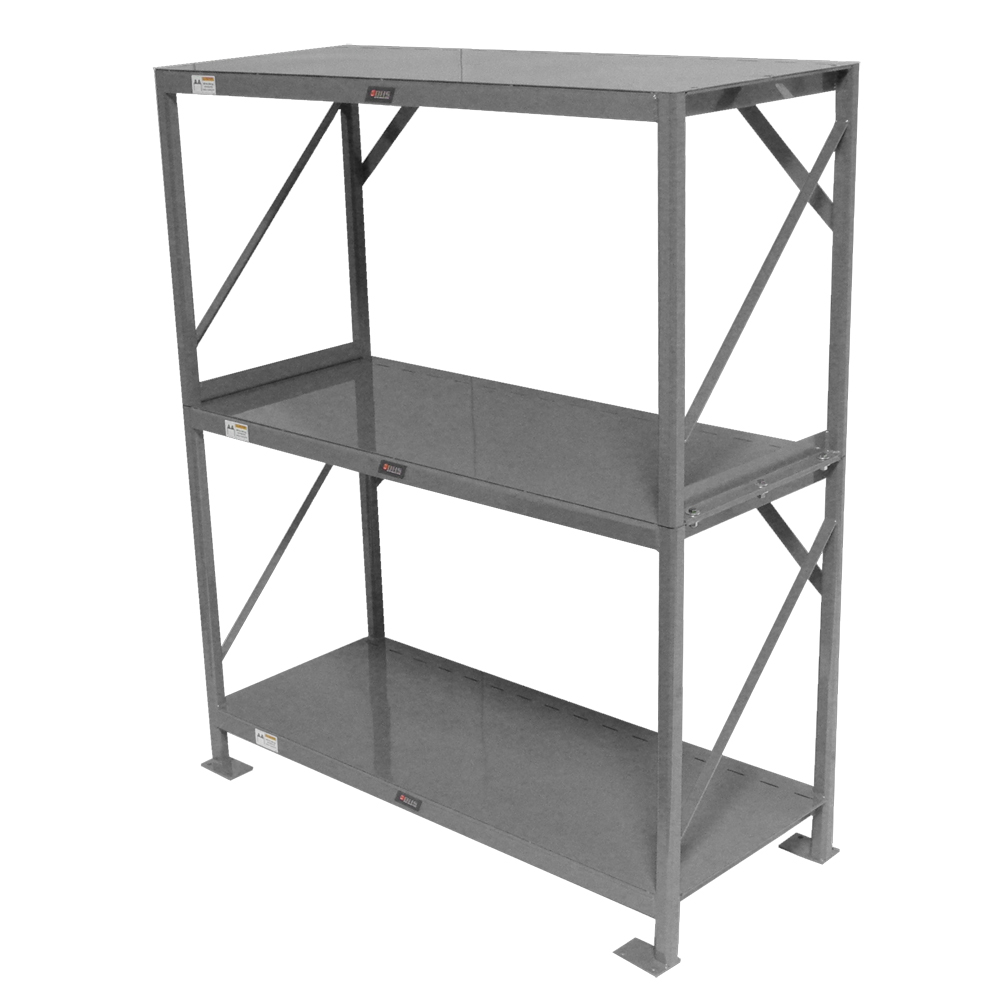We use cookies to make your experience better. To comply with the new e-Privacy directive, we need to ask for your consent to set the cookies. Learn more.
How to Limit Warehouse Inventory Damage with Proper Outfitting
In a warehouse or distribution center, inventory damage is a big deal. It’s a frustrating, expensive, and time-consuming problem, and even in a well-run facility, occasional product damage is virtually unavoidable.
Of course, that doesn’t mean that you shouldn’t look for ways to keep your stock safe. Less inventory damage means less time filling out forms and losing your temper at your forklift operators (and if you’re trying to avoid that frustration, this YouTube video will help you remember that things can always get worse).
You can easily find dozens of safety guides and palletizing recommendations online to improve your practices, but if you’re not willing to invest in appropriate equipment, you can still expect the occasional dropped load or unscheduled forklift repair. Here are a few essential tips for properly outfitting your facility to reduce inventory damage:
-
Use Structural Barriers and Clearly Mark Traffic Lanes.
Forklift strikes can easily cause damage to products and shelving, and structural barriers can turn major disasters into minor issues. Use bollards and rails to create barriers between your forklifts and any obstacles.
Structural barriers help you set traffic lanes apart from one another, reducing the chances of a collision or a strike. They’re also essential for warehouses with mixed traffic, and they can improve productivity by simplifying routes.
-
Keep the Loading and Unloading Environments Clean and Tidy.
While this might seem obvious, it’s worth pointing out — any debris or clutter on the work floor is an accident waiting to happen.

Keep traffic aisles clean and dry and institute regular checks to make sure that your lift trucks can move freely. Use cleaning equipment that won’t degrade your floor and make sure that workers know the proper process for reporting a spill or other accident. Cable management is also very important (particularly in the battery room, as we’ve covered in other articles). Finally, make sure that your industrial shelving is up to par, and check that workers distribute loads evenly where appropriate.
-
Make Sure That Workers Can See What They’re Doing.
OSHA regulations require illumination of 5 foot-candles (about 54 lux) for warehouse areas that are infrequently used, but most resources recommend 10 foot-candles (about 108 lux) for frequently used areas with larger items and 30 foot-candles (about 323 lux) for areas with smaller items. The point is that you shouldn’t stop thinking about your lighting after you meet the bare minimum requirements, and you shouldn’t assume that every area requires the same level of illumination. Follow your traffic lanes and make sure that every area is lit appropriately. If you can’t improve lighting, use the aforementioned structural bollards to prevent forklift strikes.
Make sure that workers have enough light to palletize properly, and use signage that’s clearly legible from a distance (glow-in-the-dark signs should always be used in low-lit areas). With modern technologies, lighting is a pretty cheap investment, and it’s a great place to start if you’re trying to reduce inventory damage.
-
Make Sure You’re Using the Right Lift Trucks.
A small, maneuverable fleet can work efficiently, moving around shelving without strikes or collisions. While replacing one or more lift trucks might seem expensive, compare the costs to regular inventory damage; the added maneuverability is certainly worth the investment, and many operations will also save in other ways (especially in energy and maintenance).
If you’re using combustion-powered forklifts, you can also reduce ambient noise by switching to an all-electric fleet, which allows for better worker communication and a safer warehouse overall.
In a busy warehouse, a minor outfitting issue can mean thousands of dollars in lost product, so you can easily justify an investment in quality equipment, appropriate structural barriers, and other essentials.
No piece of equipment is an appropriate substitute for proper training, however. If you’re serious about reducing inventory damage, you’ll need to regularly train your workers and stop unsafe practices before they become habits. Remember, a safe workforce is usually a productive workforce — and a comprehensive approach to warehouse safety will have massive long-term benefits for your facility.
References:
"1926 - Safety and Health Regulations for Construction." Occupational Health and Environmental Controls. Occupational Safety & Healthy Administration. Web. 30 June 2015.
"Lighting (Illumination) in Warehouses." Teamsters Safety & Health Facts. International Brotherhood of Teamsters. Web. 30 June 2015.
